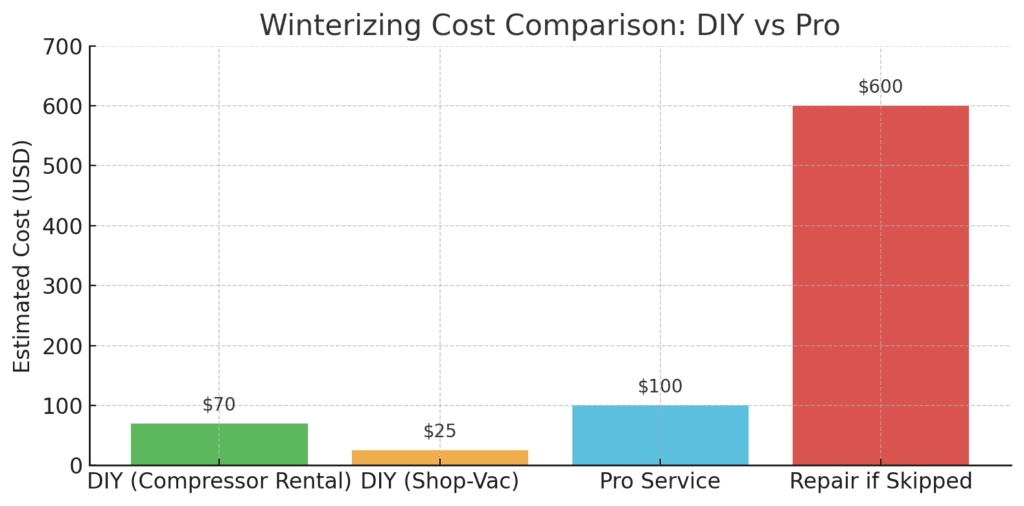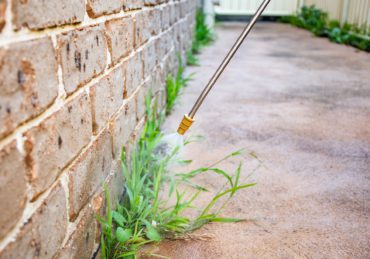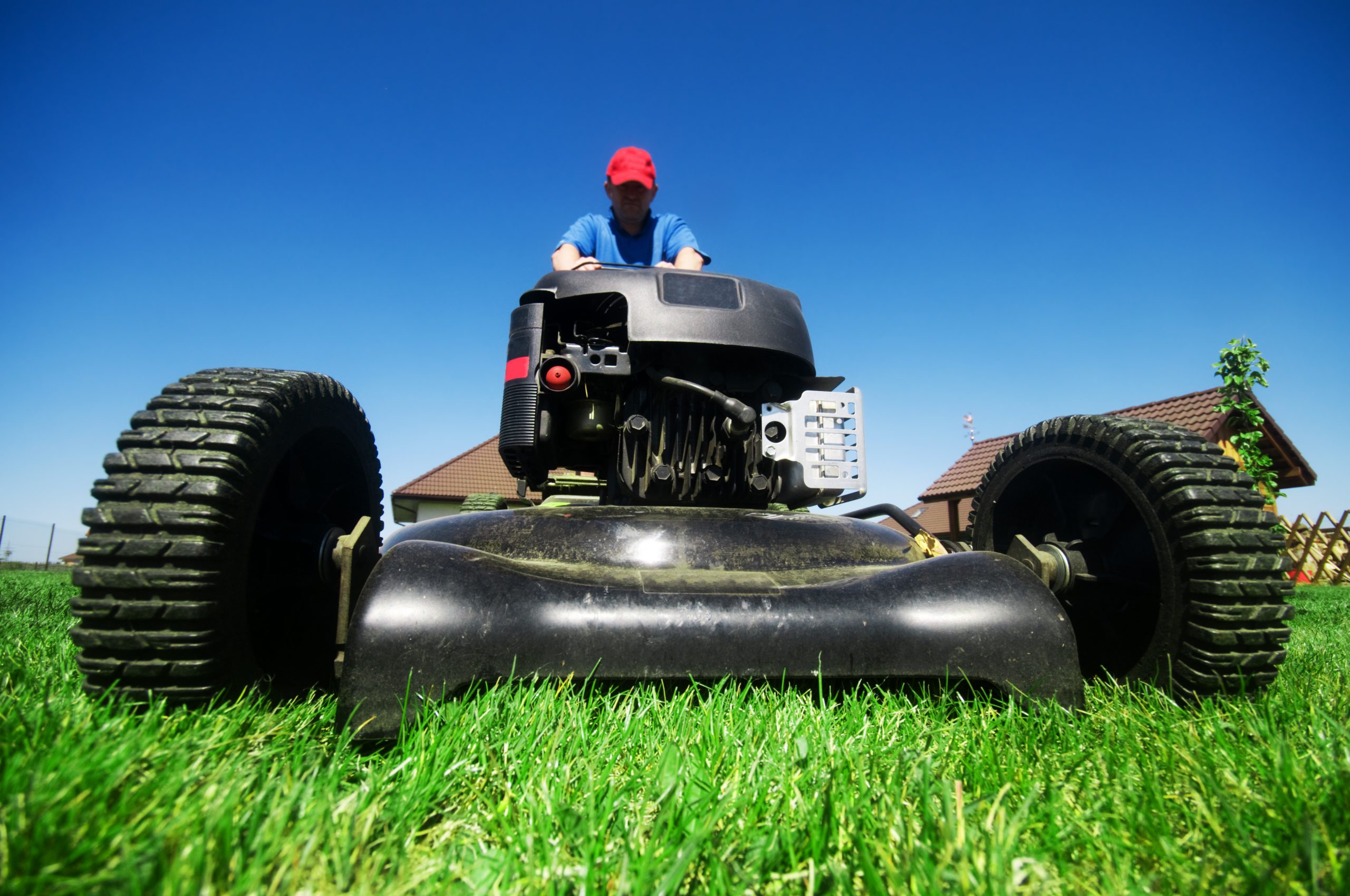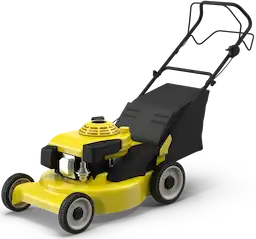Standing next to the garage, hose in hand, the homeowners watches the forecast dip below 32°F. Last year’s skipped sprinkler prep flashes through their mind, and the risk of burst pipes and valve damage looms. Now, taking action is essential. Learning how to winterize a sprinkler system ensures every zone, valve, and backflow preventer is cleared and protected, avoiding costly spring repairs. With cold weather approaching, a methodical sprinkler winterization is the only way to safeguard your irrigation system through the winter freeze.

What Happens If Your Don’t Winterize Your Sprinkler System
If you avoid winterizing your sprinkler system before freezing weather hits, you’re leaving your system at risk for costly damage. When water is left in the lines, it expands as it freezes, just like a soda can bursting in the freezer. Underground pipes, especially those in colder regions within the Midwest or Northeast, freeze faster than most homeowners realize. Even if temperatures only dip below 32°F overnight, the soil remains cold long enough to freeze residual water inside buried lines. This pressure can cause PVC or polyethylene pipes to crack, often invisibly, until spring when leaks and soggy patches appear.
Valves and backflow preventers, often made of metal or brass, are especially vulnerable; a single freeze can split the casing or rupture internal seals, leading to hundreds of dollars in repairs. Skipping winterization might seem harmless in late fall, but one hard freeze can lead to a leaking system that needs complete replacement.
Reality Check: It doesn’t take a deep freeze, just a few overnight lows below 32°F can destroy PVC lines.
When to Winterize Your Sprinkler System (By Region & Lawn Type)

Timing by USDA Hardiness Zone or First Frost
The best time to winterize your sprinkler system is just before your region’s first hard freeze. In most of the Midwest (USDA Zones 4-6), that means late September through mid-October. (Check your zone on the USDA Plant Hardiness Map.)
In the colder Northeast, especially Zones 3-5, aim for early to mid-October before consistent nighttime temperatures dip below 32°F. Waiting until after the first frost can be risky, frozen water may already be trapped in the lines. A good rule of thump: once fall leaves start dropping and overnight lows hit the 30s, it’s time to shut down and blow out your sprinkler system.
Adjusting Based on Lawn Type (Cool vs. Warm Season Grass)
When winterizing your sprinkler system, time shut down with your lawn’s growth cycle, not just the weather. Cool-season grasses like fescue or Kentucky bluegrass (common in USDA Hardiness Zones 4-6) stay active longer into fall, so it is recommending to continue watering until soil temperatures drop below 50°F, often mid-to late October. Warm-season grasses (typically found in USDA Hardiness Zones 8-11) can be winterized earlier once they go dormant in late September. However, don’t cut water off too soon, lawns still need moisture going into winter to prevent root stress and spring dieback. Always balance when to winterize sprinkler system with your grass type and first frost forecast.
Pro Tip: Use soil temperature, not just air temperature, to time shutoff more accurately. (You can check real-time soil temps at Greencast Soil Temperature Map.)
How to Winterize Your Sprinkler System (Step-by-Step)
Shut Down the Water Supply & Controller
Start by turning off the main water supply to prevent any flow into the lines. This is typically a ball valve found in a basement, utility room, or a valve box near the water meter. Turn the valve to the “off” position, if the handle is parallel to the pipe, the water is on. Turn the handle a quarter turn until it is perpendicular to the pipe to shut off the water flow.
Next, find the irrigation controller. This is usually a box with a digital display located either in a garage or basement. Change the controller’s mode to “off” to prevent it from trying to runt he system. If your controller has a “rain-mode” you can also use this setting because it keeps your settings but disables the valves.
Drain Each Zone (Manual, Auto, and Blowout Options)
When draining your sprinkler system zones, the method used will depend on your set up. For manual drain systems, open each valve at the lowest point of the zones to release trapped water, then leave them open for a few minutes. Automatic drain systems activate on their own once internal pressure drops, just run one short cycle and the lines will empty. For system requiring a blowout, use an air compressor to push out remaining water through each zone, one at a time, at a safe pressure (typically under 50 PSI for PVC).
Protect the Backflow Preventer and Outdoor Components
Protecting your sprinkler’s backflow preventer and exposed outdoor components is key to avoiding costly freeze damage. Wrap the unit in insulated foam or a waterproof cover after draining it. For manual drain systems, open valves to let gravity empty the backflow and lines. Automatic systems drain once pressure drops, but still check for trapped water. With blowout systems, use an air compressor, never exceed 50 PSI and wear eye protection.
Warning: Using a high-PSI compressor without a pressure regulator can rupture lines, fast.
How to Winterize a Sprinkler System Without a Blowout
Gravity Draining for Manual/Auto Drain Valves
Winterizing with gravity draining relies on letting water naturally flow out of the system’s lowest points. For manual drain valves, start by turning off the water supply, then open each valve at the base of each sprinkler zone to release trapped water, it should trickle out like a garden hose left open. Once flow stops, close the valves securely.
For automatic drain valves, the system empties itself when pressure drops after shutting off the water. Still, briefly run each zone to relieve pressure and confirm drainage. This simple, low-pressure method helps prevent freezing without using an air compressor.
Shop-Vac & Garden Hose Methods
You can also winterize your sprinkler system without blowout by using a shop vac or garden hose, with limits. Attach the shop vac to the drain valves or sprinkler heads to suction out any remaining water; repeat zone by zone. A garden hose can also help gravity-drain shallow or flat systems by gently siphoning water from low points. These methods work best for drip irrigation or flat lawns with short pipe runs. However, they won’t fully clear deep or sloped systems, never rely on them in cold regions where deep freezes reach below the pipe depth.
Note: You’ll need more time and access to valve boxes, this method won’t work for every system.
Cost to Winterize a Sprinkler System (DIY vs. Pro)

What Professionals Charge (By Region)
Professional cost to winterize a sprinkler system typically costs between $75 and $150 nationally but can vary by region, the number of zones, and the drainage method used. Homeowners in the Midwest often pay between $75 and $150, while those in the Northeast may see costs from $75 to $235. Prices rise with more zones, deeper pipe layouts, and difficult access.
Cost of Tools If You DIY
When choosing to DIY your sprinkler winterization, expect modest equipment costs but understand these costs greatly outweigh the risk of skipping it and the cost of repair. Renting an air compressor typically runs $30-$60 per day. You’ll also need fittings/adapters that will run between $10-20 and foam insulation or pipe covers are between $10 and $40. Altogether, your equipment and rentals will be between $50-$100 for a one-time DIY sprinkler winterization.
Reality Check: A $20 backflow cover now beats a $600 repair bill in spring.
FAQ
1. Do all sprinkler systems need to be winterized?
Even drip irrigation and shallow setups can freeze in most climates. Unless you’re in a zone with zero frost risk, some form of winter prep is needed.
2. What’s the easiest way to winterize without a compressor?
Systems with manual or auto drain valves often allow gravity draining. Some homeowners also use a Shop-Vac to clear lines, but it depends on your layout.
3. How late is too late to winterize a sprinkler system?
If temps are dipping below freezing at night, it’s urgent. Once water inside pipes freezes, damage can already be done, especially at vulnerable joints.
4. Can I use an electric air compressor from my garage?
Only if it meets the right specs and has a regulator. Many consumer-grade models don’t deliver consistent PSI or flow volume, risking damage.
5. Does winterizing void my irrigation warranty?
Some manufacturers require proof of winterization, especially if you file a spring claim for cracked lines or valves. Always check your warranty fine print.
Conclusion
The homeowner, now with their sprinkler system fully winterized, tosses their hose into the garage and sets a reminder to schedule winterization earlier next year. With every zone drained and the backflow preventer insulated the system is secure, no mystery puddles or burst pipes waiting in spring. For those who want peace of mind without the hassle, allow LawnGuru’s professional winterization services handle the job efficiently and thoroughly, protecting your lawn and irrigation system. Planning ahead ensures your sprinkler system is ready next spring, schedule your sprinkler winterization today and rest easy all winter long.





